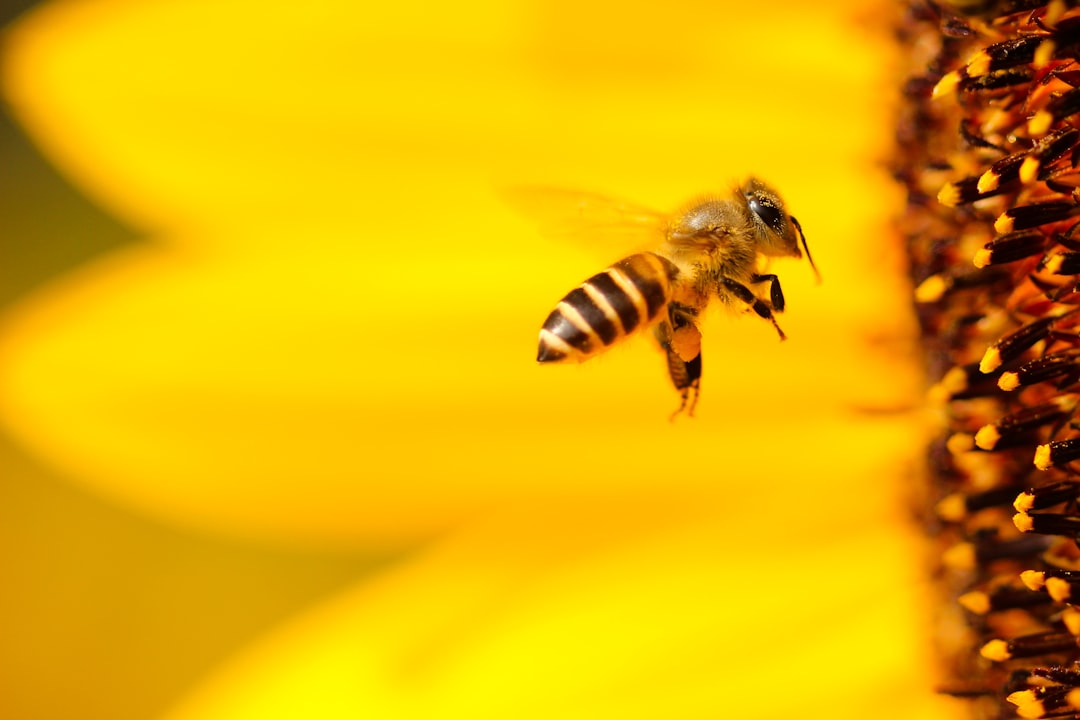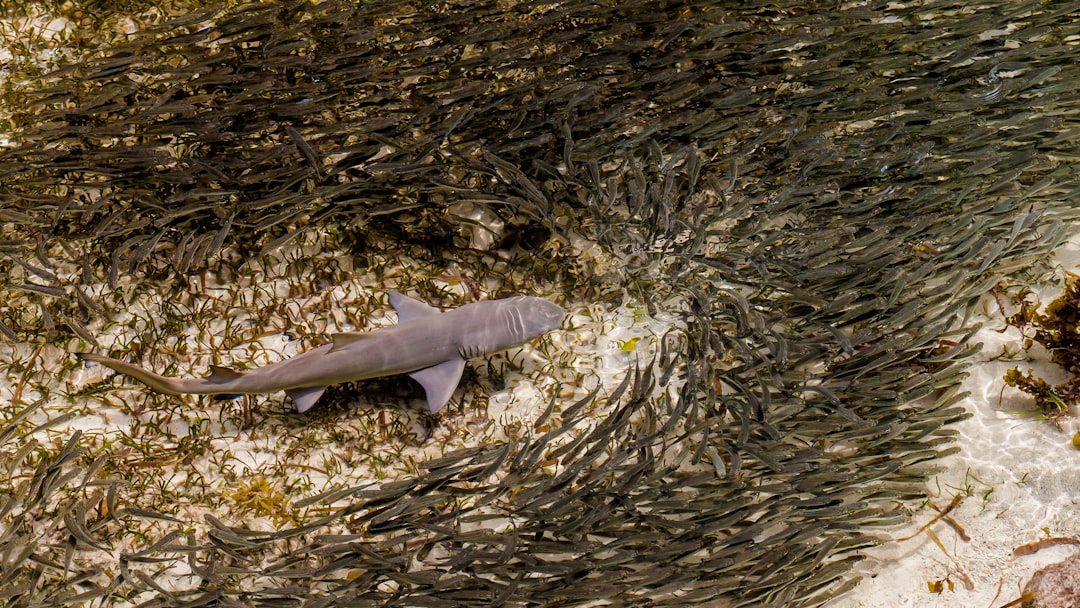What is it about?
ENG: In this paper we describe two new species of fossil turtles: Proterochersis porebensis and Keuperotesta limendorsa - the latter belonging to a new genus. Both of them lived during the Late Triassic, approximately 215 million years ago, in Europe (Poland and Germany, respectively). They represent the oldest family of true (fully-shelled) turtles, Proterochersidae, and numerous traits (e.g., ten pairs of ribs contributing to the shell rather than nine or eight) indicate that they are also the most primitive representatives of that group. PL: W tym artykule opisujemy dwa nowe gatunki kopalnych żółwi: Proterochersis porebensis i Keuperotesta limendorsa – drugi należący też do nowego rodzaju. Oba żyły w późnym triasie, ok. 215 mln lat temu, w Europie (kolejno w Polsce i Niemczech). Reprezentują najstarszą rodzinę prawdziwych (w pełni opancerzonych) żółwi, Proterochersidae, a liczne cechy (np. dziesięć, a nie dziewięć lub osiem par żeber budujących pancerz) wskazują, że są to zarazem najbardziej prymitywni przedstawiciele tej grupy.
Featured Image
Why is it important?
ENG: Two aspects of this work are especially significant: 1. We solve the problem of two controversial species of the Triassic turtles from Germany – Proterochersis intermedia and Murrhardtia staeschei. We prove that they are in fact synonymous with earlier described Proterochersis robusta. On the other hand, we identify two new species of turtles – Keuperotesta limendorsa from Germany, for which we erect a new genus, and Proterochersis porebensis from Poland. This increases our understanding of the diversity and distribution of the earliest turtles. 2. We identify the primitive aspects of the turtle anatomy and recognize Proterochersidae, including Proterochersis robusta, P. porebensis and Keuperotesta limendorsa, as the most primitive true turtle family. Proterochersidae were originally described as the oldest side-necked turtles (Pleurodira), mostly due to the bony connection of their pelvis with their shell. Later, some of the researchers opted for their lower position on the turtle genealogic tree. We found several traits of their anatomy indicating that in fact Proterochersidae are the earliest branch of that tree, which agrees with their appearance in the fossil record as the oldest fully-shelled turtles. Firstly, this supports the view that modern turtles (divided into side-necked Pleurodira and hidden-necked Cryptodira) originated during the Jurassic rather than the Triassic. Secondly, this lets us understand the early evolution of the turtle anatomy better. The slightly younger Proganochelys quenstedti from Germany, commonly considered the most primitive turtle, is shown to have several advanced traits that do not correspond with the ancestral turtle anatomy. PL: Dwa aspekty tej pracy są szczególnie znaczące: 1. Rozwiązujemy problem dwóch kontrowersyjnych gatunków triasowych żółwi z Niemiec – Proterochersis intermedia i Murrhardtia staeschei. Udowadniamy, że są one w rzeczywistości synonimami wcześniej opisanego Proterochersis robusta. Z drugiej strony identyfikujemy dwa nowe gatunki żółwi – Keuperotesta limendorsa z Niemiec, dla której wydzieliliśmy nowy rodzaj, oraz Proterochersis porebensis z Polski. Zwiększa to nasze zrozumienie zróżnicowania i rozprzestrzenienia najwcześniejszych żółwi. 2. Identyfikujemy prymitywne aspekty anatomii żółwi i rozpoznajemy Proterochersidae, zawierającą Proterochersis robusta, P. porebensis i Keuperotesta limendorsa, jako najprymitywniejszą rodzinę prawdziwych żółwi. Proterochersidae były początkowo opisane jako najstarsze żółwie bokoszyjne (Pleurodira), przede wszystkim ze względu na kostne połączenie ich miednicy z pancerzem. Później niektórzy badacze skłaniali się ku ich niższej pozycji na drzewie genealogicznym żółwi. My zauważyliśmy kilka cech anatomii wskazujących, że w istocie Proterochersidae są najwcześniejszym odgałęzieniem tego drzewa, co zgadza się z ich pojawieniem się w zapisie kopalnym jako najstarszych w pełni opancerzonych żółwi. Po pierwsze, wspiera to pogląd, że nowoczesne żółwie (dzielące się na bokoszyjne Pleurodira i skrytoszyjne Cryptodira) wywodzą się z jury, a nie z triasu. Po drugie, pozwala to nam lepiej zrozumieć ewolucję anatomii żółwi. Nieco młodszy Proganochelys quenstedti z Niemiec, powszechnie uznawany za najprymitywniejszego żółwia, okazuje się mieć kilka zaawansowanych cech, które nie odpowiadają pierwotnej anatomii żółwi.
Perspectives
ENG: This work provides new data on the oldest fully-shelled turtles, some of which were mostly ignored by researchers since their original description in 1913. This led to some misunderstandings and misconceptions commonly circulating in the scientific literature. The key to the proper interpretation of that fossil material was found recently in a new locality of Poręba (Poland). More than 300 specimens of the Late Triassic turtles, including three complete and one semi-complete shells, were found there. Despite their overall great state of preservation, most of the specimens are broken or otherwise damaged, most likely due to post-mortem mutilation caused by the fast current of the river, which washed the carcasses down. This, paradoxically, was beneficial – due to fragmentation it was possible to prepare them both on the outside and on the inside, revealing some unique morphologies. Most of these traits are actually visible in the German material as well, but due to its poorer state of preservation and incompleteness (many of these specimens consists of natural molds of the shell interior, which are lacking detail, are difficult in interpretation and nearly or completely lack bone, others are broken, and the most complete shells were never prepared inside) are difficult to find without knowing exactly what to look for. PL: Ta praca dostarcza nowych danych na temat najstarszych żółwi o pełnej skorupie, z których część od czasu ich pierwotnego opisu w 1913 r. była w znacznej mierze ignorowana przez badaczy. Doprowadziło to do pewnych nieporozumień i błędnych przekonań powszechnie krążących w literaturze naukowej. Klucz do prawidłowej interpretacji tego materiału kopalnego został odnaleziony niedawno w nowym stanowisku w Porębie (Polska). Znaleziono tam ponad 300 okazów późnotriasowych żółwi, w tym trzy kompletne i jeden częściowo kompletny pancerz. Pomimo ich generalnie doskonałego stanu zachowania, większość okazów jest połamana lub w inny sposób uszkodzona, najprawdopodobniej w wyniku pośmiertnego okaleczenia spowodowanego przez rwący nurt spłukującej je rzeki. To, paradoksalnie, było korzystne – dzięki fragmentacji możliwa była ich preparacja zarówno od zewnątrz, jak i od wewnątrz, co uwidoczniło nietypowe cechy budowy. Większość z tych cech jest tak naprawdę widoczna także w niemieckim materiale, ale ze względu na jego słabszy stan zachowania i niekompletność (wiele tamtejszych okazów to naturalne odlewy wnętrza skorupy, którym brakuje szczegółowości, są trudne w interpretacji i niemal całkowicie pozbawione kości, inne są połamane, a najbardziej kompletne skorupy nigdy nie zostały wypreparowane w środku), są trudne do odnalezienia, gdy nie wie się czego dokładnie szukać.
Tomasz Szczygielski
Polska Akademia Nauk
Read the Original
This page is a summary of: Revision of the Triassic European turtlesProterochersisandMurrhardtia(Reptilia, Testudinata, Proterochersidae), with the description of new taxa from Poland and Germany, Zoological Journal of the Linnean Society, May 2016, Oxford University Press (OUP),
DOI: 10.1111/zoj.12374.
You can read the full text:
Resources
Conference abstracts
ENG: Conference abstracts on the topic are uploaded to my Reserchgate page. PL: Abstrakty konferencyjne na ten temat są wstawiane na moją stronę na Researchgate.
Późnotriasowe żółwie z Poręby - pochodzenie i wczesna ewolucja Testudinata
ENG: A presentation from the popular science conference "Silesian Dinosaurs (Not Only) from Krasiejów Site)" in Cracow, December 2015 (in Polish). PL: Prezentacja z konferencji popularnonaukowej "Śląskie dinozaury (nie tylko) z Krasiejowa" w Krakowie, grudzień 2015 r. (po polsku).
Contributors
The following have contributed to this page










